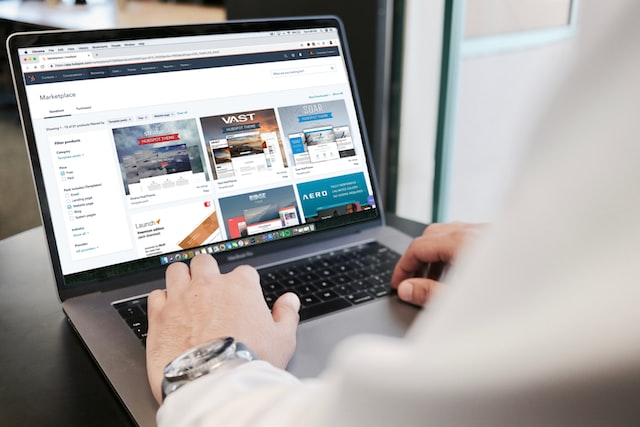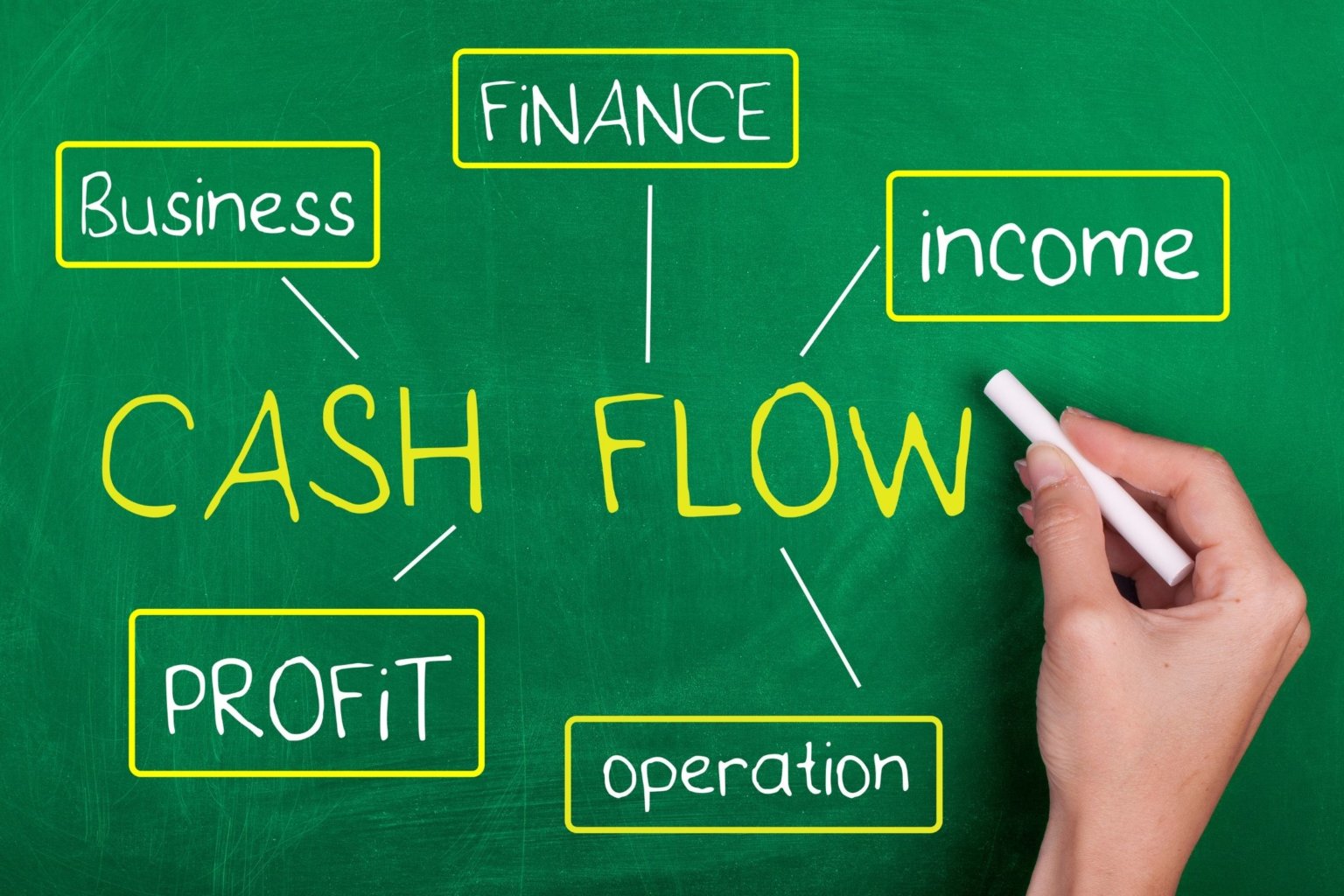10 Multi-channel Selling Strategies

As a retailer, determining where to sell your goods is a critical decision. Should you open a storefront location or sell through an online marketplace? Do you need a standalone online store?
The most successful sellers know selling through multiple channels, aka multi-channel selling, is a powerful way to grow your business while protecting your revenue.
In this article, we’ll delve into the definition of multi-channel selling, some of its benefits, and the tried-and-true tips for leveraging it successfully.
What is multi-channel selling?

Multi-channel selling is the practice of selling items on more than one sales channel at once. Retailers can use a variety of channels, such as marketplaces, websites, social media stores, and even retail stores.
Marketplaces
Marketplaces are online platforms where multiple third-party (3P) sellers can showcase, advertise, and sell products. Some of the biggest examples of marketplaces are Amazon, Walmart, Etsy, and eBay.
When you sell on a marketplace, consumers can explore that marketplace to discover and shop your products — along with your competitors’ goods.
Often, marketplace competition is fierce, and since marketplaces primarily care about making a sale, whether it’s your brand or a competitor, there’s a dog-eat-dog atmosphere where the winner gets the most sales (and, consequently, reviews, which then drive more sales).
For those reasons, it can be difficult to get started on a marketplace, but once you establish your brand, a marketplace becomes a valuable source of revenue.
Direct-to-consumer
In contrast, launching your own online store has a lower barrier to entry and less competition (once shoppers land on your website).
Your direct-to-consumer (DTC) utilizes your own domain and custom website. When you sell through a personal domain, you have total control over your store’s look and feel, so your branding shines. Additionally, customers who arrive on your website shop your products exclusively, without competitor product advertising.
One of the downsides of this channel is added difficulty in attracting traffic and new customers to your store. Whereas marketplaces come with their own audiences, which are shared among 3P sellers, you’ll have to generate traffic to your own store independently.
Discoverability of products can be difficult, so you’ll need to supercharge your marketing efforts to boost their visibility (more on marketing later).
Social media
If you’re on social media, chances are you’ve come across a social sales channel. Selling on social media has become a common strategy with the rise of “Instagram Brands” — companies that sell through Instagram and have built businesses almost exclusively on the platform.
Social media as a sales channel allows you to reach countless customers where they’re most active and sell to them without forcing them to leave the app. You can create a social media account for your brand, pay for ads, or partner with an influencer to gain exposure to your products.
Brick-and-mortar shops
Retailers who sell from physical locations are able to provide memorable customer experiences. Unlike online-only shops, brick-and-mortar stores allow customers to engage and become familiar with your products and your brand. This eliminates stumbling blocks to purchasing and builds a deeper relationship with your customers.
A multi-channel seller will operate on two or more of the above channels. This means their products can be found and procured through several avenues, enabling them to reach customers in a multitude of ways.
A multi-channel (sometimes called omnichannel) sales strategy is about more than selling in multiple places. The key to multi-channel success is creating a cohesive experience that supports customers throughout the buyer journey.
Benefits of multi-channel selling

It’s no surprise that multi-channel has become a popular strategy for retailers — the benefits are as plentiful as the sales channels available. This is due in part to the sharp rise in online marketplaces and digital tools that enable sellers to be active on multiple channels.
Larger audience
When you sell in more than one place, you increase your potential customer base, especially if you sell on a marketplace in addition to your own physical location or online domain.
Consider Amazon or Walmart: You’d be hard-pressed to find a standalone eCommerce site whose monthly traffic comes anywhere near that of Amazon or Walmart’s marketplaces. Many marketplaces come with their own dedicated following of consumers, such as Amazon Prime members.
This is also true of those who sell on social media, and it can be especially impactful if your primary sales location is a physical one. Even expanding your business from 123 Main Street to the World Wide Web can help you grow your audience and, in turn, your revenue.
By expanding your sales channels from one to many, you increase the number of people who see your product listings and, as a result, boost your monthly sales volume.
Marketplaces add trust
Marketplaces like Amazon, Walmart, eBay, and Etsy are household names nowadays. As such, they inspire trust in would-be buyers, especially since these eCommerce giants can support everything from customer service to logistics, returns, and refunds.
Because these sites are longstanding and reputable channels where customers feel safe sharing payment details, they can help even the smallest retailers gain credibility with customers and, in turn, encourage more conversions.
Meet buyers at different stages of the customer journey
When you sell on multiple channels, you’re able to reach customers at every stage of their journey, from product discovery on social media to making a purchase on your website or picking up their order in store.
To capitalize on your channels, though, it’s imperative you provide a cohesive customer experience at every leg. This means you have to keep your branding and messaging sharp across channels. You can achieve this by retargeting social buying opportunities, popping up in recommended products on marketplaces, and more.
Decrease risk
At its most basic level, a multi-channel strategy is the eCommerce response to the adage, “Don’t put all your eggs in one basket.” With everything you invest into your business, it would be a shame if it had a single point of failure that had the power to take it all down.
And yet, many single-channel sellers rely on external platforms for their revenue. Amazon can suspend merchants on a whim, and if that is their only sales channel, there is nothing to do but watch your hard-earned rankings fall, and inventory gather dust.
When selling multi-channel, even if one sales channel is disrupted, you can lean on other revenue streams in the meantime.
More choice for customers
Customers want to choose their shopping experience, and a multi-channel strategy lets them do just that.
Perhaps one customer segment likes one-stop shopping, such as that found on a large marketplace like Walmart or Amazon. Others may be fans of browsing online before heading to a physical store, so they know in advance whether the specific items they want are in stock (also known as BOPIS, buy online pickup in store). Or, maybe curbside pick-up is a common preference.
Whatever the case, multi-channel selling strategies can cater to each customer’s desire. When you sell in many places, you empower your customers to purchase how they want.
How to make it work

Multi-channel selling is more complex than simply listing items in a few different places. This strategy requires careful consideration along with appropriate tools, systems, and processes to keep everything running smoothly.
Choose your channels wisely
Your business operations and needs will influence which channels you decide to sell on. Some, like marketplaces, are a safer bet than others (like building your own domain or opening a brick-and-mortar location), but that doesn’t guarantee they’re the best choice for your business.
Start by considering your main sales channel at present. If you sell on Amazon, for example, setting up on Walmart marketplace may be a lucrative option. If you sell at a physical location, a unique website or social media sales channel could be the next step.
Integrate your systems
Once you add sales channels to your business, shift your focus to your systems management. Integration is key — when you integrate your systems, you’ll be able to take a holistic approach and view of your business operations.
A successful multi-channel sales strategy links distribution, promotion, and communication channels on the back end. This is where an enterprise resource planning (ERP) system comes into play. By integrating a proper back-end software system such as an ERP, you unify all sales channels — meaning your business inventory and sales data are stored in an easily accessible central hub. This will automate many operations and give you real-time performance insights.
Refine your logistics
With any eCommerce sales strategy, managing your logistics is of the utmost importance to create and deliver an excellent customer experience. Although more sales channels may translate to more sales, it can also lead to a logistical nightmare if you don’t have the appropriate resources, processes, and systems in place.
A third-party logistics provider, or 3PL, can help.
3PL partners are experts in logistics that can manage almost all of your fulfillment and logistics needs, from prepping products for sale to picking, packing, and shipping goods. Some 3PLs, like MyFBAPrep, specialize in preparing items for marketplace sale and fulfillment through marketplaces such as Fulfillment by Amazon or Fulfilled by Walmart.
Many 3PLs can also seamlessly integrate with your existing tech stack to simplify handling your fulfillment on your behalf. This allows you to focus on expanding your sales channels and grow your business.
Give your customers choice
What are your personal shopping preferences? Do you check stock availability online before heading to a physical store to try something on or make a purchase? Maybe you prefer to buy online and pick up in store (BOPIS).
The choice is a valuable offering for customers and a major differentiator in eCommerce. When consumers are empowered to shop the way they want, it yields a better customer experience and drives loyalty and repeat sales.
Create unique product listings
You’ve spent time, energy, and perhaps money and other resources to build an amazing product page that attracts customers and helps close the deal. The temptation to copy and paste the listing can be overwhelming, but it’s important to create unique ones for each channel.
Your product listings provide valuable search engine optimization (SEO) juice to your business, which raises your page rankings so your products gain more visibility. Also, when you have mirror listings in multiple places, it detracts from your efforts rather than enhancing them.
Basically, avoid taking shortcuts.
Creating unique product listings includes describing a product with different adjectives, altering verbiage a bit, and incorporating unique imagery and other rich media.
You can also differentiate your product offerings on each channel or consider selling various bundle types on different channels.
Use bundling and other strategies to boost sales
Bundling. Kitting. Auto-subscription. These are valuable strategies for boosting sales no matter where you sell. When combined with a multi-channel approach, though, these strategies can help you grow revenue even faster.
Perhaps your Amazon strategy is to bundle products and sell through Fulfilled by Amazon as a Subscribe and Save product while you sell items individually (i.e., un-bundled) on your website or social media.
For example, if a product comes in multiple sizes, you may choose to sell every size on your own website but only the larger sizes on marketplaces.
Unify your marketing efforts
When you sell products on multiple channels, it’s crucial that your marketing takes this into consideration and shares attention and resources appropriately. For example, you need to ensure your ads and offerings align across different sales channels (and if they don’t, make sure offering a discount on one channel isn’t against the rules of another).
Similarly, instead of thinking about sales on each channel as a silo, look at the bigger picture. If you run a social media campaign that leads to your Amazon store, but you don’t see a spike in sales, check your DTC store as well for any ripple effects.
Wrapping up — Use these multi-channel selling strategies to strengthen your business
Multi-channel selling is a powerful business strategy that can protect your revenue, expand your business, provide a better buyer experience, and reach more audiences.
To get started with multi-channel selling, be sure to streamline your operations and fulfillment, unify your tracking systems, and empower your consumers with the choice of how they shop.
Morris Reichman
hello@payrofinance.comMorris Reichman is the founder and CEO of Payro Finance. Former Vice President at Infinity Capital Funding an alternative finance company, Morris possesses a versatile background in the finance industry. Having spent 7+ years working across global macro operations and start up corporate finance Morris's expertise is in business accounting, risk management and investment analysis. Morris founded Payro Finance to support business owners and ensure their business continuity.
Need a short-term loan to cover payroll?
Apply in under two minutes, and get approved within 2 days. Once approved, funds are in your account the same day.
- Always 1.5% weekly
- Up to $500,000
- Same-day funding


